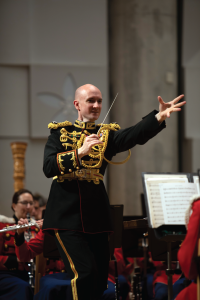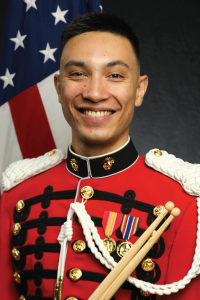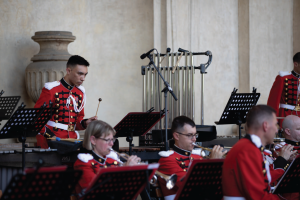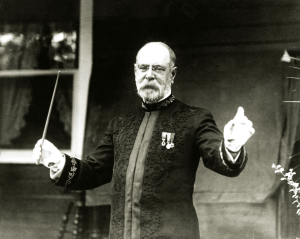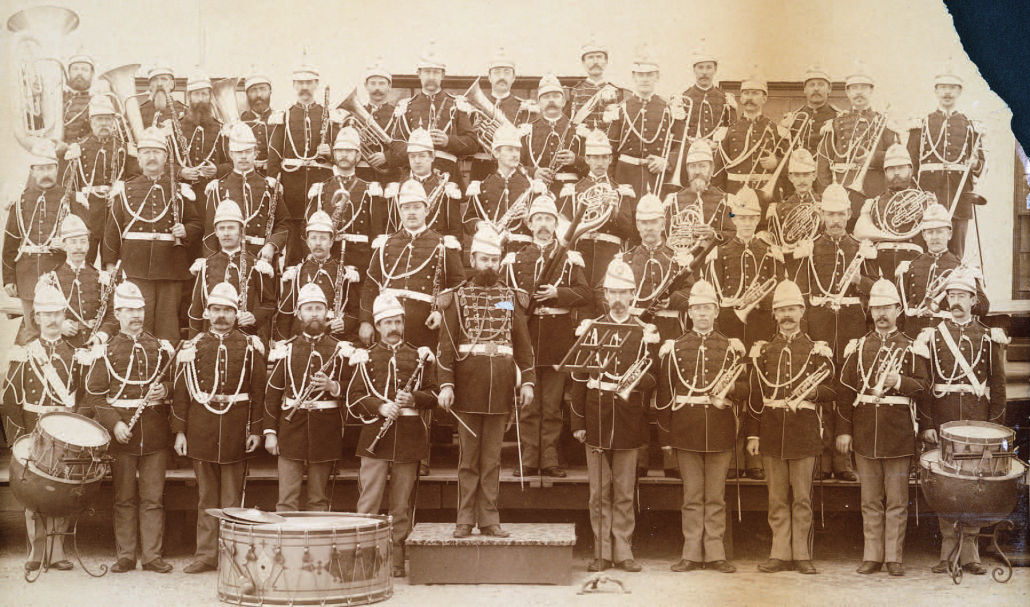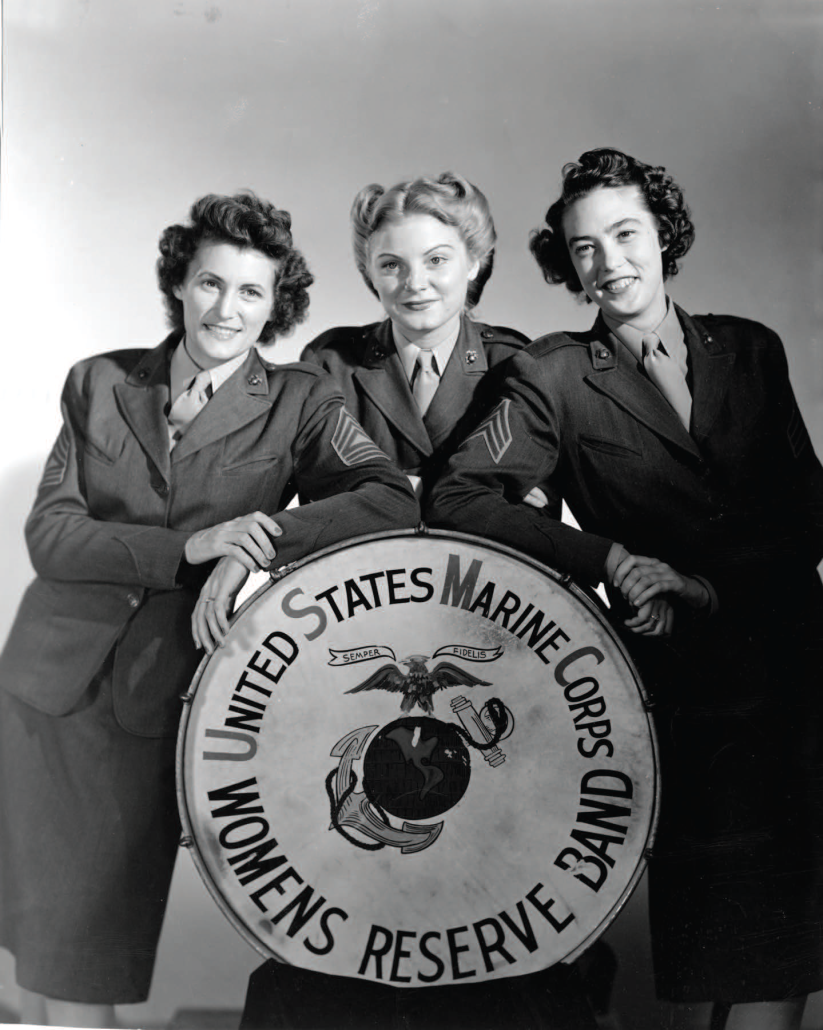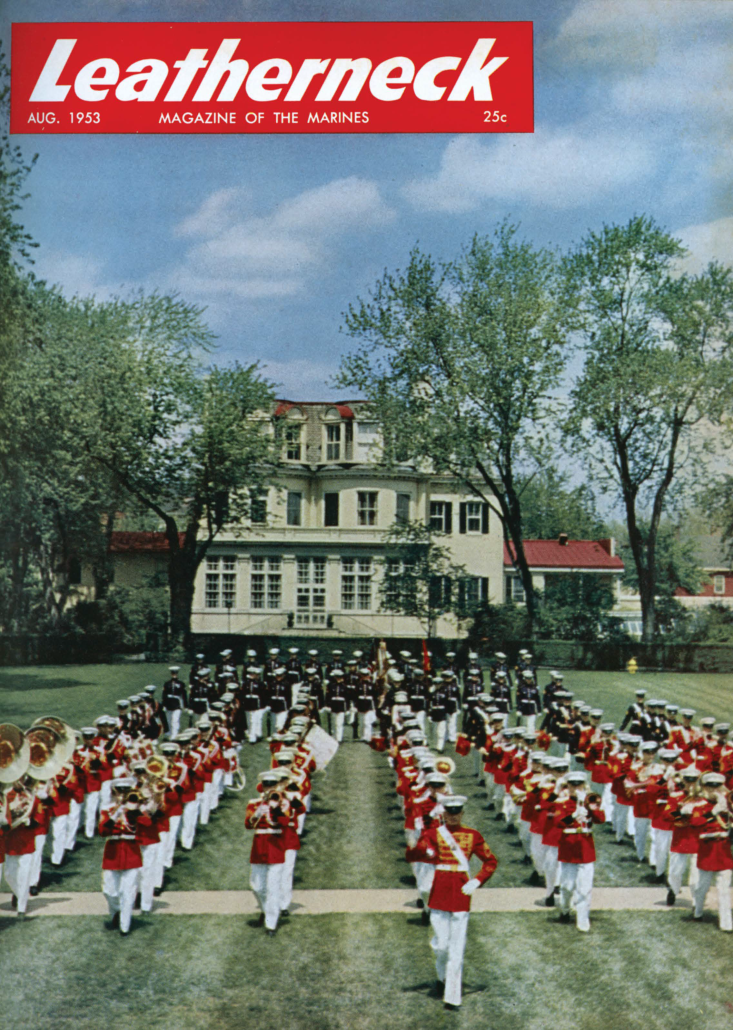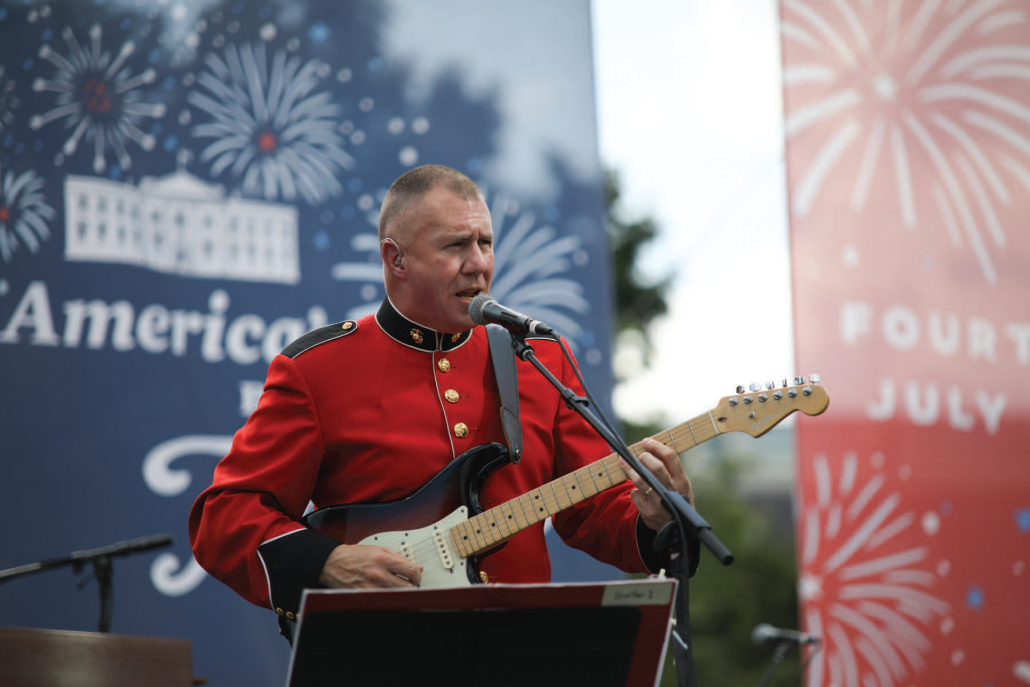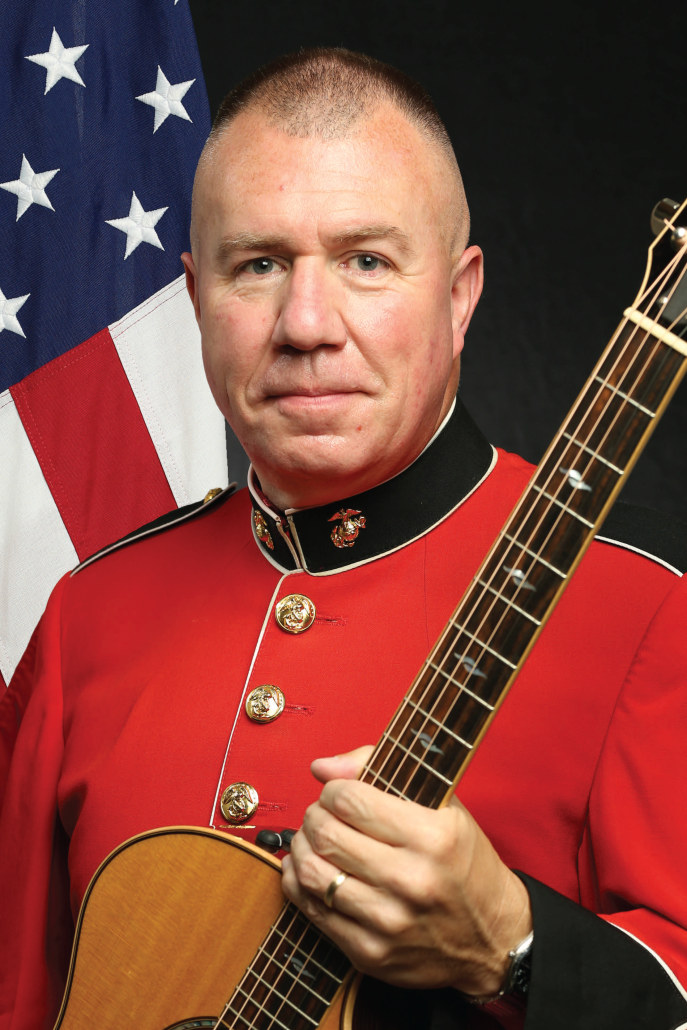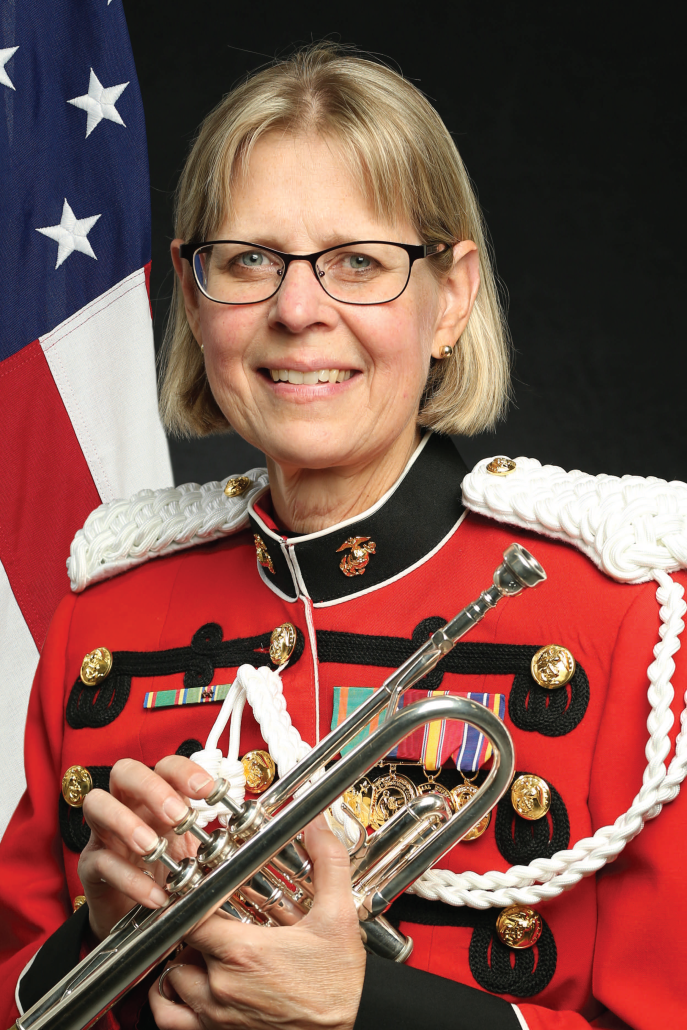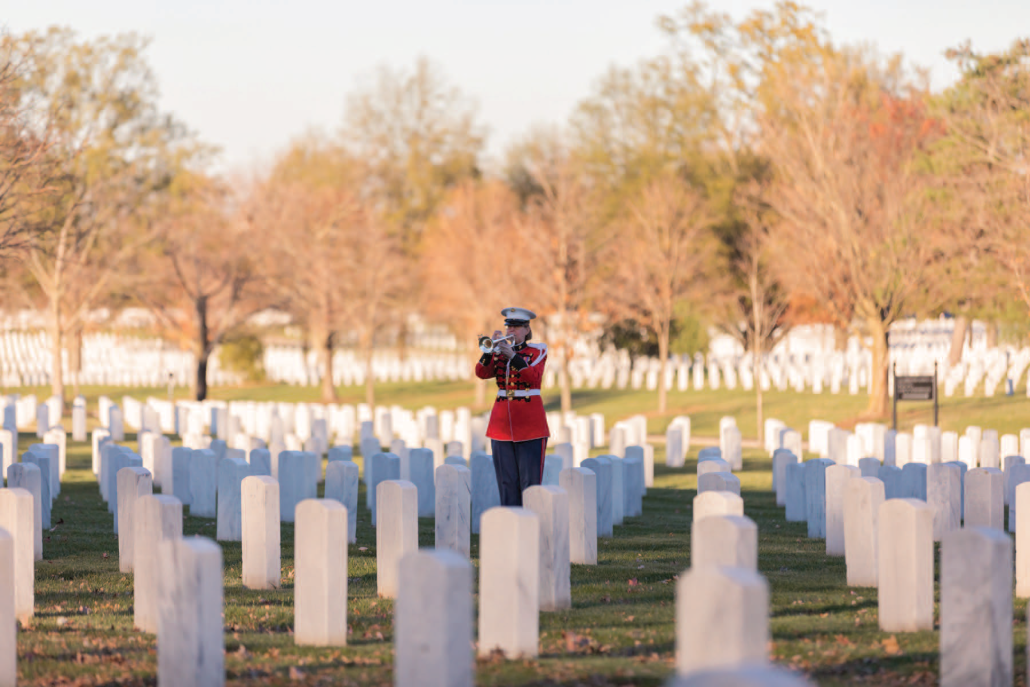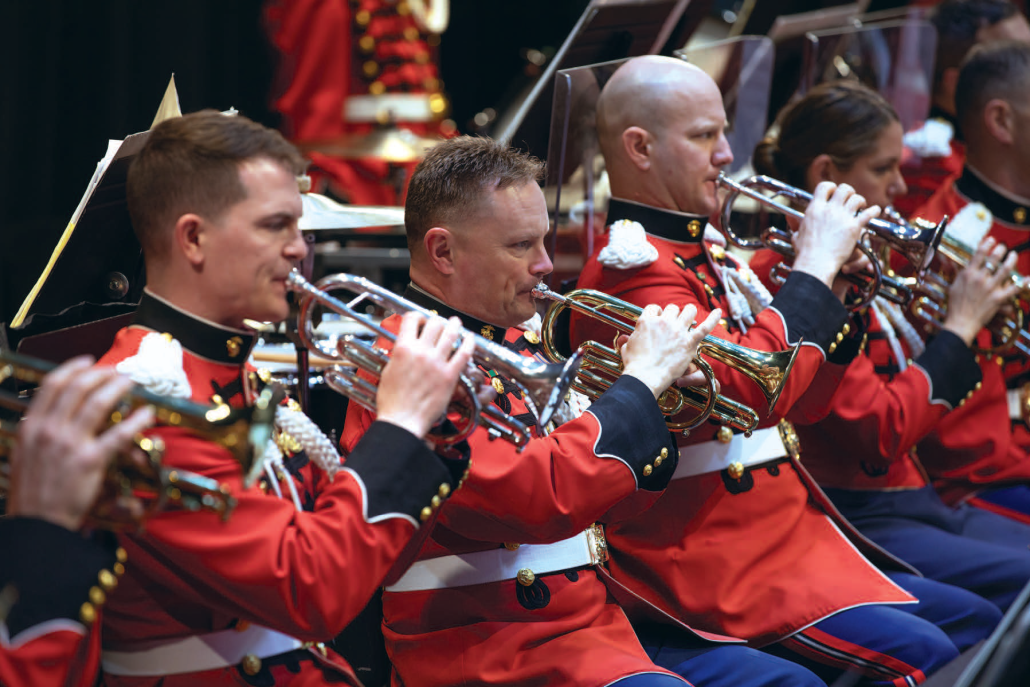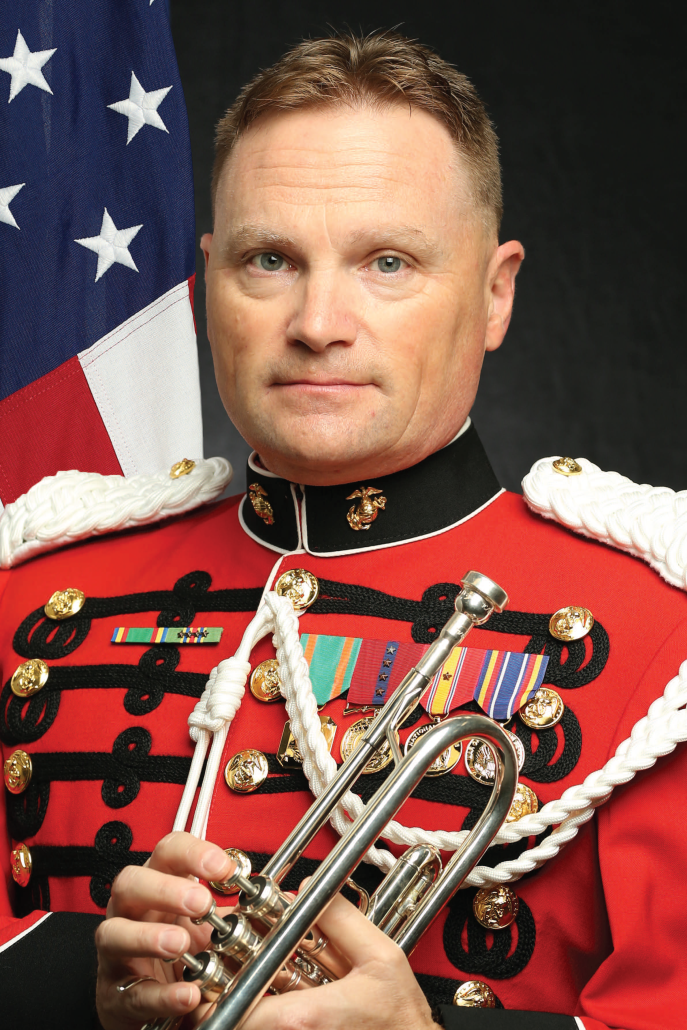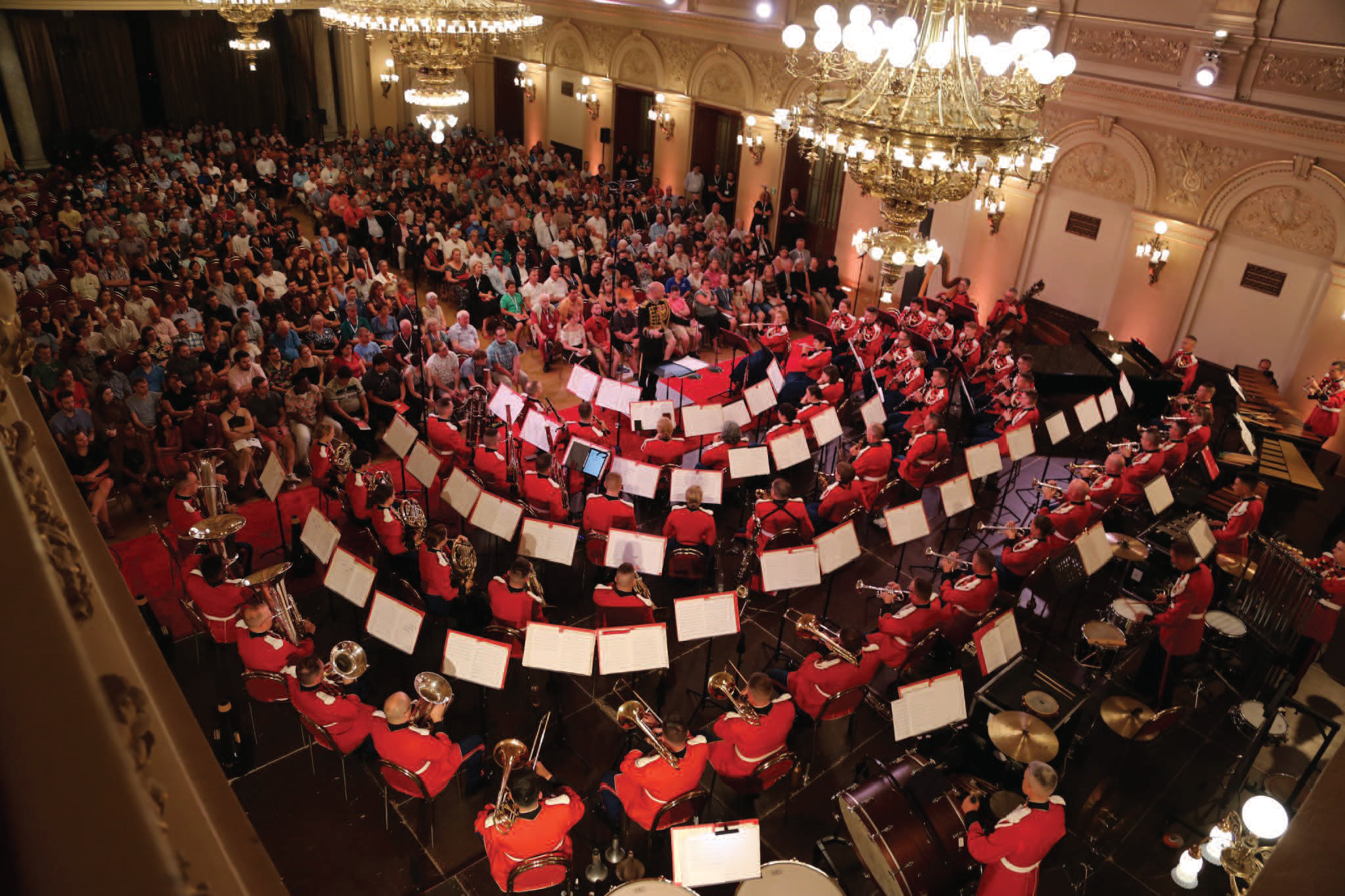
Celebrating America’s Music: The 225th Anniversary of “The President’s Own”
By: Kyle WattsPosted on June 15, 2023
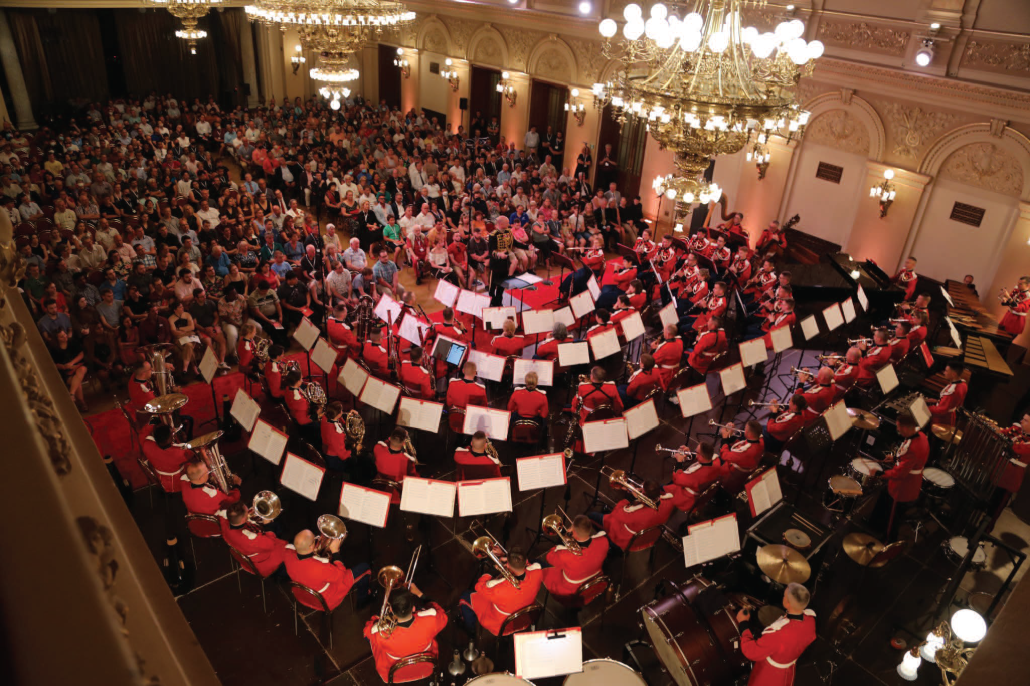
gala concert at the Zofin Palace in Prague, Czech Republic. (Photo by GySgt Rachel Ghadiali, USMC)
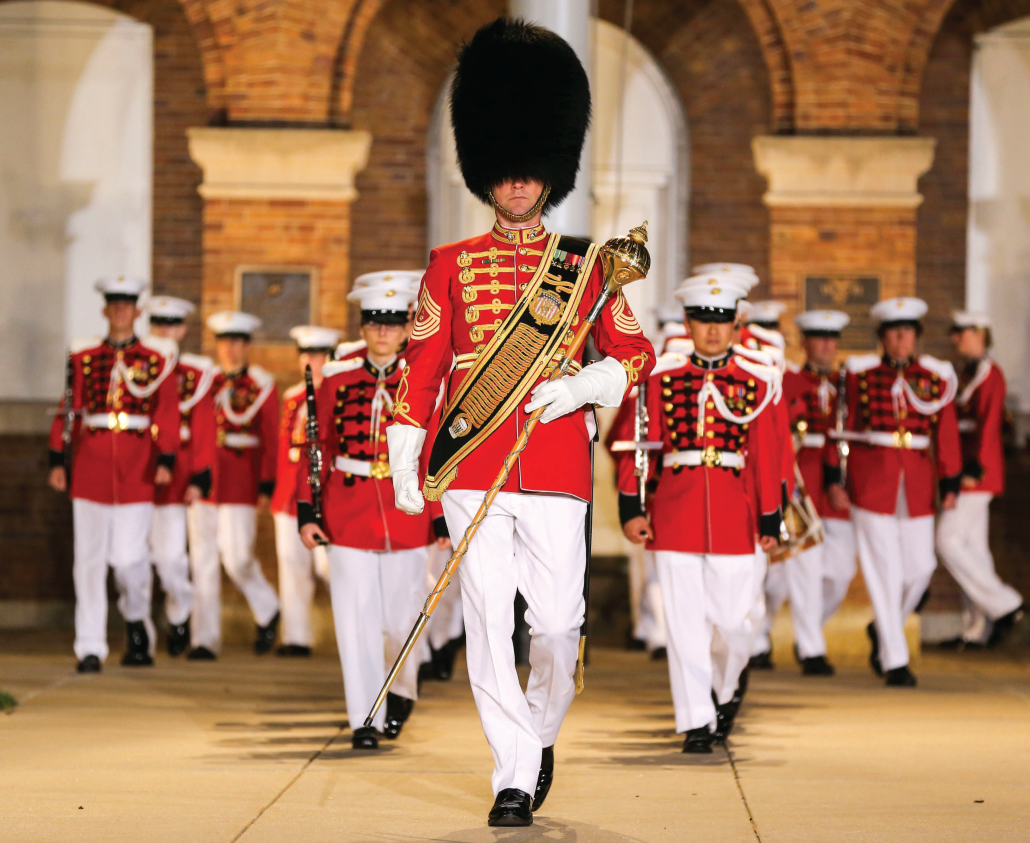
Courtesy of LCpl James Bourgeois, USMC
This year marks several significant milestones in the legacy of “The President’s Own” United States Marine Band. July 11 marks the band’s 225th anniversary, and although the organization looks nothing like it did in 1798, its enduring fame and popularity has changed little as the band remains the oldest professional band in the nation.
Less than three years after President John Adams signed an act of Congress establishing the United States Marine Band, the nation’s third president, Thomas Jefferson, claimed the band as his own following his inauguration, bestowing upon the organization their prized nickname and their musical duties have evolved over the years, extending far beyond the White House and Washington, D.C.
It proved to be a struggle to find and enlist the original 32 drummers and fifers in 1798. The band procured financing only through the Commandant’s “suggestion” that the officers in his young Corps of Marines donate roughly 50 percent of a month’s paycheck. Today, the organization operates with stunning sophistication and organic support, consisting of well over 100 musicians and full-time staff.
The band has performed through some of the most significant events in American history. On Independence Day in 1848, the band celebrated the laying of the cornerstone of the Washington Monument. Members stood alongside President Abraham Lincoln in 1863 as he delivered his immortal Gettysburg Address. A century later, in 1963, the world witnessed “The President’s Own” on TV as they led the funeral procession for President John F. Kennedy. On Sept. 11, 2002, the band helped Americans honor our fallen at Ground Zero on the one-year anniversary of the World Trade Center terrorist attacks.
The organization’s high profile and highly public role requires the very best musicians America can offer. As early as 1840, the band officially “separated” from the rest of the Corps. The Marine Corps Manual of that year made the first known distinction between enlistees in the band and enlistees in any other occupational specialty, and 40 years later, in October of 1880, The President’s Own entered its most transformative period under the leadership of legendary director John Philip Sousa. Only 25 years old, Sousa had already been performing with the band for over a decade. He initiated their first national concert tour, taking the band outside of Washington, D.C., to share their music around the nation. Sousa introduced many of his own marches during this time, many of which endure today with their popularity. He also inspired the first phonograph recordings of the band during his tenure. In 12 years as director of The President’s Own, Sousa modernized and expanded the band’s repertoire of musicians and events in an unprecedented fashion.
Sousa’s legacy and enduring vision for the organization enabled many other “firsts” to come in the years following his departure. The year 1922 saw the music of the band enter homes across the nation as the Marine Band radio program was broadcast for the first time, building upon Sousa’s efforts to have their music recorded. His vision for the national concert tour expanded further in 1985 as the band performed its first international concert in Rotterdam, Netherlands. Since this first overseas tour, the band has also performed in countries such as Switzerland, Czech Republic, Singapore, Japan, and most notably, in 1990, the Marine Band became the only American military band to tour the former Soviet Union before it dissolved into independent states.
March of this year marked another significant milestone in the band’s history as it celebrated 50 years since the first woman enlisted in The President’s Own. In 1943, then-director Captain William F. Santlemann supervised the formation of the Marine Corps Women’s Reserve (MCWR) Band, a separate entity trained by and operated in conjunction with The President’s Own. Santlemann cast a wide net for his auditions, drawing everything from professional players at Juilliard to exceptionally talented female Marines serving in the motor pool. Though it lasted only two years during World War II, the MCWR Band toured the U.S., played live on The President’s Own national radio broadcast, and helped the nation celebrate victory in the war and welcome our troops home.
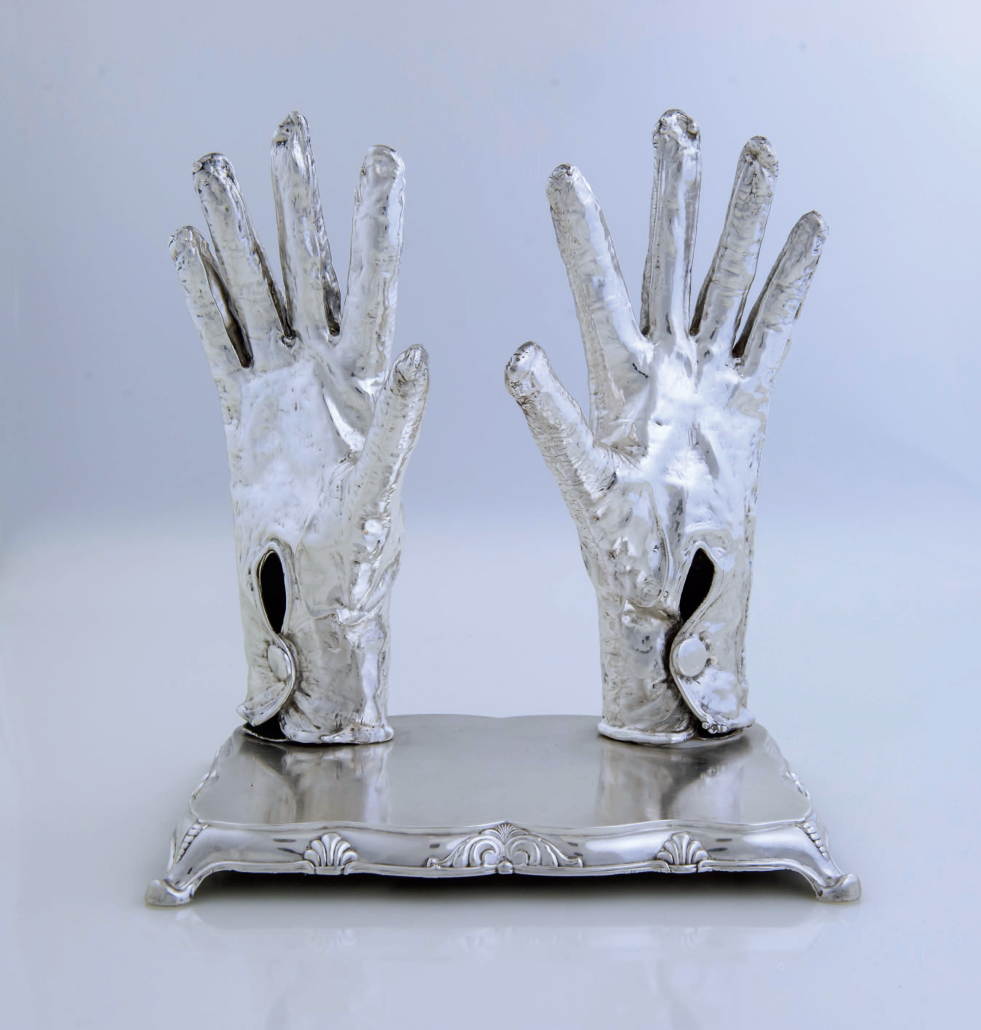
Sousa served under five presidents during his 12 years as the director of “The President’s Own” before forming his own band, the Sousa Band, which he would lead for nearly 40 years. His presence as a public figure prompted him to pay great attention to his appearance. His uniforms were tailored, and he had a personal valet while on tour with the band. Perhaps one of the most well-known aspects of his public appearance was his use of a new pair of white kid gloves for almost every performance he conducted.
Photos of John Philip Sousa taken while on tour with the Sousa Band in Spokane, Wash., show him wearing these iconic gloves, which he would only use if they were spotless. During one of his tours, he “breezed into a glove shop and ordered 1,200 pairs of white kid gloves at $5 a pair.”
Sousa insisted on a “fresh pair [of gloves] every concert.”
This event, later dubbed Sousa’s “glove mania” in the Boston Post, confirmed the conductor’s unique dressing habit, which would go on to become a part of his public persona.
Now housed at the National Museum of the Marine Corps, these gloves are believed to have been given by Sousa to Earle Poling, owner of the Earle Poling Music Company, who arranged for musical artists like Sousa and his band to perform in Akron, Ohio, on Oct. 11, 1924.
After receiving the gloves, Poling had them dipped in silver as a lasting tribute to the famous conductor.
Jennifer Castro and Briesa Koch
With the MCWR Band paving her way, a 21-year-old French horn player named Ruth Johnson won her audition and became the first female to enlist in the Marine Band in March 1973. Women’s roles expanded greatly in the following years with more than 40 women now serving in various playing or administrative capacities.
Major Michelle A. Rakers made history with the band, becoming both the first female assistant director and the first female commissioned officer to serve in The President’s Own. Rakers enlisted as a trumpeter/cornetist in 1998 and received her commission and appointment as assistant director in 2004. Rakers progressed in rank over her career, eventually achieving her position as the band’s executive officer. She held the position for four years prior to retiring after 20 years of service.
“The MCWR Band was an important part of our history,” said Maj Rakers. “Had it not been for them, the paradigm could have taken longer to shift and I may not have had the opportunity to be in [my] position … We owe them an enormous debt of gratitude.”
Like Maj Rakers, the majority of The President’s Own spend their entire career with the band. New positions arise only when current members decide to leave because the unit is restricted in its number of authorized positions. Playing in the organization is a coveted role as vacancies are infrequent and limited. Larger sections with numerous Marines playing the same instrument might see one audition per year for new members. Smaller sections, however, can go a decade or more without vacancies. As a result, auditioning for The President’s Own becomes a nerve-wracking event for the participants.
“Auditions are run in a similar fashion to a civilian orchestra,” said Colonel Jason K. Fettig, the Marine Band’s current director. “The standard expected is exceptionally high due to our high profile and public mission. We invite all to come to our auditions at their own expense. We can have up to 150 individuals competing for a single position. Most of our members hold advanced degrees in music, and although that is not a requirement, we have found that this level of education and experience is needed to be competitive.”
Staff Sergeant Alexander Garde earned his spot as one of the band’s newest percussionists in March 2022. He completed his bachelor’s of music in 2020 from the New England Conservatory in Boston and also studied at the Shepherd School of Music at Rice University in Houston.
“Prior to my position with the band, I took other auditions for professional orchestras and military bands around the country,” Garde said. “The talent and quality of musicianship in this band rivals any musical group out there. Once I was offered a position, I further understood that I was not just joining a world-class performing group, but a historical institution. All of the musicians in the band today, and those who came before me, have shaped American musical tradition throughout the history of our nation. Being able to observe those practices evolving in real-time is incredible.”
Despite his short tenure with the band, Garde dived headfirst into the concert schedule. In July 2022, just four months after enlisting, he traveled to Europe with the band for a concert tour through the Czech Republic, Austria and the Netherlands.
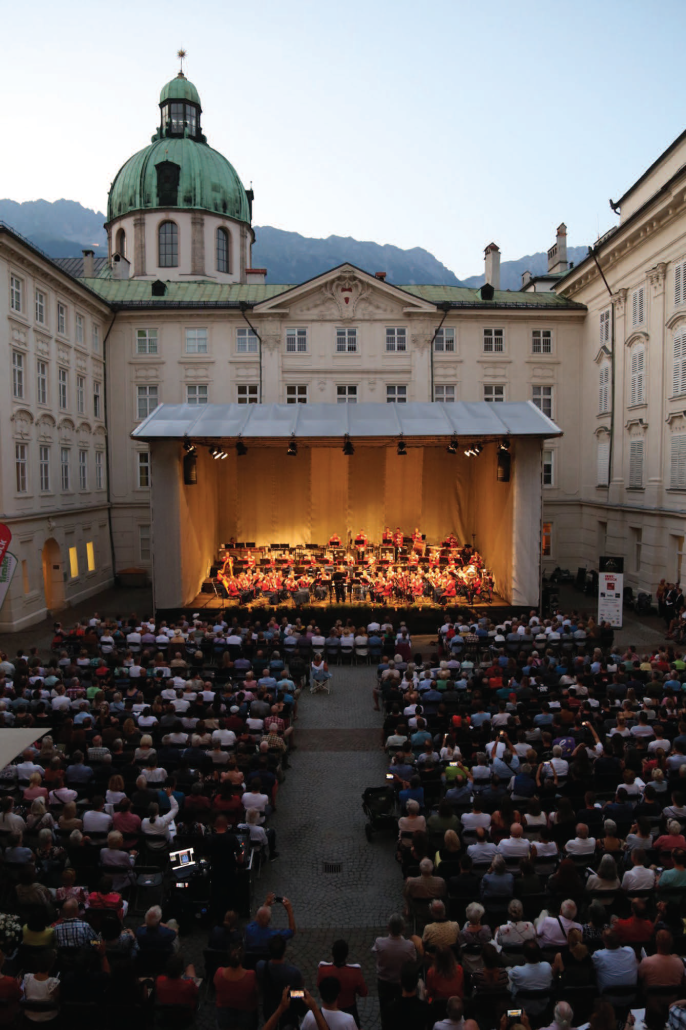
“Seeing what our performances meant to the audiences in Europe was unbelievable and showed me just how global the reach of The President’s Own really is,” Garde recalled.
“Performing John Philip Sousa’s ‘The Stars and Stripes Forever’ at a palace in Prague to a sold-out, standing, cheering crowd will forever be a highlight of my career, and, truthfully, of my life.”
Garde plays alongside many Marines with more than 20 years of experience. Master Gunnery Sergeant Alan Prather, the band’s lone guitarist, has 24 years of service, and MGySgt Susan Rider, a trumpet and cornet player, recently celebrated an anniversary with The President’s Own, reaching 26 years with the band. In September of this year, MGySgt Christian Ferrari will achieve an impressive milestone in his career as another trumpet and cornet player, seeing a full 30 years of service with the Marine Band.
New and experienced members alike carry out their role as Marines with the utmost dedication to the band’s mission, providing music at the request of the President. This strictly musical function enables band members to enter service with a rank commensurate to pay structures of professional civilian orchestras and supersedes the requirement of recruit training for all others who seek to earn the eagle, globe and anchor.
Other bands around the Marine Corps exist to meet the musical requirements of their individual commands. These Marine musicians complete boot camp and Marine Combat Training prior to attending the Naval School of Music in Virginia Beach, Va. This category of musician includes “The Commandant’s Own” Drum and Bugle Corps. Though seemingly similar in dress, mission, and high profile, The Commandant’s Own is completely separate from The President’s Own in function, organization, and chain of command.
To carry out their mission, Marine Band members live anything but the “9 to 5” life. They must be prepared to perform on short notice and on any occasion. Groups of varying sizes perform over 200 times per year at the White House, nearly 20 times per month. Almost every day, members take part in funerals at Arlington National Cemetery. Evening Parades at Marine Barracks, Washington, fill every Friday night through the summer months. Various other ceremonies keep the band busy in Washington, D.C., but they still manage to execute an impressive travel schedule. Members play in schools across the nation, mentoring high school students, and performing numerous other public concerts. Most notably, each October, around 65 Marines depart on the national concert tour, continuing the tradition Sousa originated in 1891.
Executing a performance schedule of this magnitude would seem to leave no time for practicing their craft, but Marine Band musicians create the time.
“Practicing is the constant that always remains, no matter what our schedule is,” said SSgt Garde. “As musicians, we think of playing our instruments like eating food: a necessity that we need to do, but also something that we love.”
Many members play multiple instruments in order to meet the musical requirements of the pieces they perform. In the end, the Marine Band does whatever is needed to produce a song in the way its composer intended.
“We’ve had basically the same instrumentation in the band for over 100 years, but several instruments make an occasional appearance that aren’t in our normal set up,” said GySgt Charles Paul, the Marine Band’s chief librarian and historian. “For example, the alto flute, bass flute, soprano saxophone, bass saxophone, flugelhorn, etc. The percussion section is where you’ll really see some interesting things like bowed vibraphones, water glasses, and whistles. Based on the music, you could see percussion instruments like a Turkish crescent, a typewriter, a donkey jawbone, a trash can, or rustling leaves. There was even a piece by John Corigliano that called for a shotgun blast.”
On a stage as visible as these Marines occupy, a superior level of preparation is required to overcome challenges when they arise. Inclement weather proves a constant worry for all outside performances. In September 2022, the band performed in a torrential downpour at the Pentagon on the anniversary of the Sept. 11 terrorist attack. Music sheets disintegrated in the rain and several instruments stopped working. Somehow, the music carried on.
“Even when the weather is fine, we often encounter situations where the plan must be thrown out the window, and we improvise on the spot,” said Col Fettig. “When you have a unit with the capabilities and experience at the level of The President’s Own, as a leader, it gives me the confidence that we can rise to meet any challenge, no matter how unexpected.”
For over two centuries, The United States Marine Band has overcome the unexpected brought about by the ebb and flow of national events. No matter the occasion, no matter the size of the ensemble, no matter the genre of song, The President’s Own continually demonstrates their ability to bear their cherished nickname and preserve America’s music.
“I could not be more proud to acknowledge that it is the Marines that have the oldest professional band in the country, and that this organization has been in continuous existence serving our Presidents and our Marine Corps for 225 years,” reflected Col Fettig. “I think that says something very important about the power of music and the arts to bring people, and bring nations, together. No country in the world does that better than the United States of America, and it is the honor of every member of ‘The President’s Own’ to continue to serve in that special way.”


